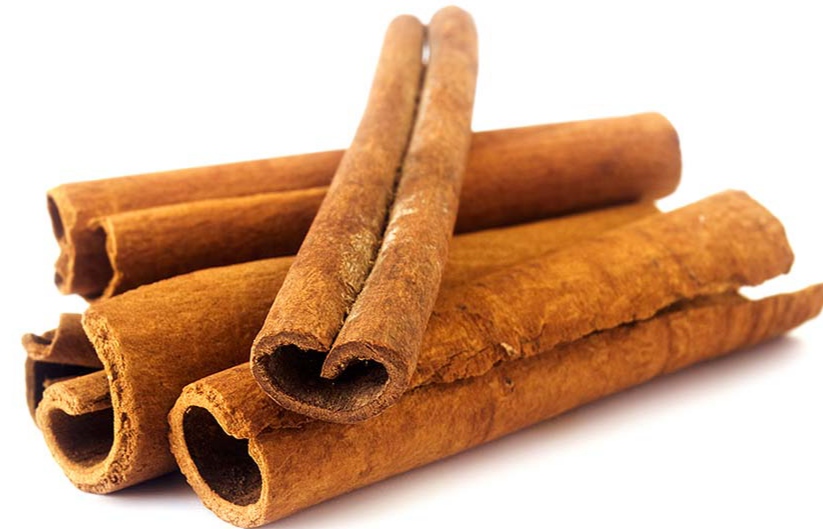Cinnamon is the first traded and most popular spice from ancient times. It is extracted from the bark of the cinnamon tree; it has also been used traditionally as medicine throughout the world.
Origin of cinnamon:
Cinnamon originated in Sri Lanka. It is also cultivated in neighbouring Malabar coast of India and Myanmar (Burma), South America and also in West Indies.The spice, consisting of the dried inner bark, is brown in colour and has a fragrant aroma and a warm sweet flavour. Cinnamon is also called Ceylon Cinnamon. In ancient times it was more valuable than gold.Its botanical name derives from the Arabic term amomon(fragrant spice plant). Thousands of years ago as early as 3000 B.C cinnamon was used by humans for medicinal purposes. Despite its familiar distant origin it was widely used in ancient times.
Cinnamon has been known for freshness. It was regarded as a suitable gift for Monarchs and for God’s. Cinnamon was used by Egyptians as a part of their embalming rituals. Cinnamon helps to treat cold and throat ailments such as coughing,hoarseness and sore throats . Arab traders brought the spice through trade routes into Egypt, where it was bought by Venetian traders from Italy who held a monopoly on the spice trade in Europe. The spice was brought by the Arab traders through trade routes into Egypt; it was bought from Italy from Venetian traders , and held a monopoly in Europe on the spice trade. In the beginning of the 16th century, Portuguese traders arrived in Sri Lanka where the spice was growing and was the largest producer of cinnamon. They started their own monopoly on the spice. In 1518 they established a fort on the island. During the 17th century ,the control of the island and monopoly of trade was taken by Dutch. Eventually the monopoly of cinnamon disappeared when the World found that cinnamon could be grown in other geographical areas.
Cultivation:
Cinnamon is an evergreen tree with oval shaped leaves, thick bark,and berry fruit. It is cultivated by growing a tree for two years then cutting its stem at ground. The stems must be cut immediately after harvesting while the inner bark is still wet, the stem is scrapped off the outer bark. The wet bark dries completely in four to six hours in a well ventilated and warm environment. After the bark is dried it is cut into 5-10cm lengths for sale.
Health benefits and Uses of cinnamon:
Cinnamon is used as a spice. It is used in chocolates. Cinnamon is used in chicken and lamb dishes. In the United States and Europe cinnamon and sugar is used to flavour cereals, dishes made from bread like toast. It is used both in sweets and savoury dishes in Portuguese and Turkish cuisine. It can also be used as a natural preservative. Cinnamon is a highly delicious spice. It has been prized for its medical value. Cinnamon is loaded with antioxidants. It protects our body from oxidative damages caused by radicals. Cinnamon helps our body to fight against infection and repair tissue damage. It also reduces the risk of heart attack, cholesterol, triglycerides and blood pressure.

